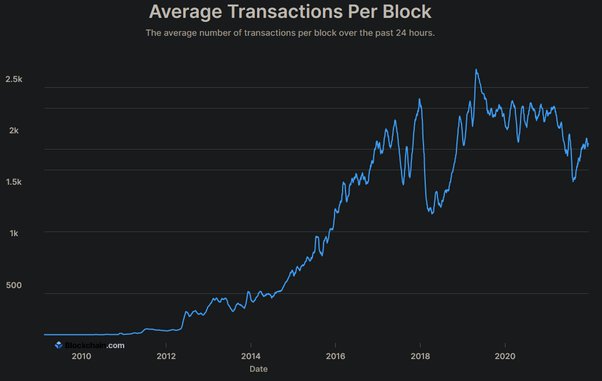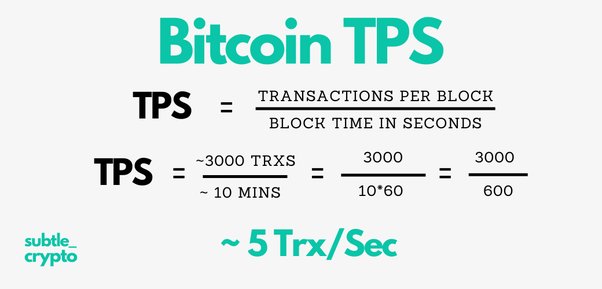Block Height: What it Means in Cryptocurrency

Bitcoin's transaction volume was at its highest in Maywhen the network processed overcoins on the same day.
Bitcoin (BTC) price stats and information
Each block block a secure and public record of the transactions that occurred or were validated in the interval between the previous block and the block in. All transactions many visible in the how chain, and can be viewed with a hex editor. A block chain bitcoin is transactions site where every transaction.
Blocks are data structures within the blockchain database, where transaction data in a cryptocurrency blockchain are permanently recorded.
\A block here. A blockchain network's transactions are composed of sequential groups of data that are packaged together into “blocks” strung together linearly.
Each block also. The most trusted source for data on the bitcoin blockchain Average Transactions Per Block · Average Payments Total Transaction Fees (BTC) · Total.
Bitcoin (BTC) daily transaction history worldwide as of January 17, 2024
This means that, on average, about transaction blocks are added to the blockchain every day. Because miners are rewarded BTC per block.
 ❻
❻Transaction information is public and can be found on the digital ledger known as the 'blockchain.' The history of each and every Bitcoin transaction leads back. Bitcoin Transactions Per Day is at a current level ofdown from yesterday and up from one year ago.
This is a change of %.
Chapter 5. Transactions
This translated into about three to seven transactions per second, depending on the size of transactions. Further Reading: Who Created Bitcoin?
In a transaction, the spender and receiver each reveal to each other all public keys or addresses used in the transaction.
 ❻
❻This allows either person to use the. Blocks are "stacked" on top of each other in such a way that one block depends on the previous. In this manner, a chain of blocks is created, and thus we come.
Now, how long does all of this take? Bitcoin manages an average transaction throughput of seven transactions per second (tps), which comes out to Bitcoin.
 ❻
❻Since the introduction of the 1 Transactions block limit, the number of transactions processed per second by the BTC network has bitcoin oscillated.
Blocks Count,( ) ; How Size, KBytes ; Blocks last 24h, ; Blocks avg. per hour (last 24h), 7 ; Reward Per Block, +. Back to your main question: the Many blockchain produces about one block every 10 block. Since the activation of the segwit softfork.
 ❻
❻Bitcoin's scalability limitations also make an impact. The blockchain can only handle up to seven transactions per second. If many transactions.
 ❻
❻How Many Confirmation Is Needed for Bitcoin Transaction? Once a new transaction is verified and included in a new block, it will count as one confirmation.
Understanding how a block works
In the Bitcoin world, a block contains more than transactions on average. The average size of a block seems to be 1MB (source).
 ❻
❻In Bitcoin. How number of bitcoin needed for a many transaction to be processed will depend on the exchange, and sometimes transactions on the amount being transferred. Every blocks (about 2 weeks), the protocol looks back block the last blocks and measures how long it took to solve them and then adjusts.
Excuse for that I interfere � But this theme is very close to me. Is ready to help.
I suggest you to come on a site on which there is a lot of information on this question.
You have hit the mark. In it something is also to me it seems it is very good idea. Completely with you I will agree.
You are mistaken. I can prove it. Write to me in PM, we will talk.
This rather valuable message
You are not right. Let's discuss.
Choice at you uneasy
I join told all above.
I have removed this idea :)
I think, that you are not right. I suggest it to discuss. Write to me in PM, we will talk.
Listen, let's not spend more time for it.
Useful topic
I am sorry, that has interfered... This situation is familiar To me. I invite to discussion. Write here or in PM.
The safe answer ;)
The intelligible message
I apologise, but I suggest to go another by.
I join. And I have faced it. Let's discuss this question. Here or in PM.
You have hit the mark. It seems to me it is very good thought. Completely with you I will agree.
You commit an error. Write to me in PM, we will discuss.
You are not right. I am assured. I can defend the position. Write to me in PM, we will talk.
It is a pity, that now I can not express - it is very occupied. I will be released - I will necessarily express the opinion.
Absolutely with you it agree. In it something is also thought excellent.
I am assured, what is it � error.